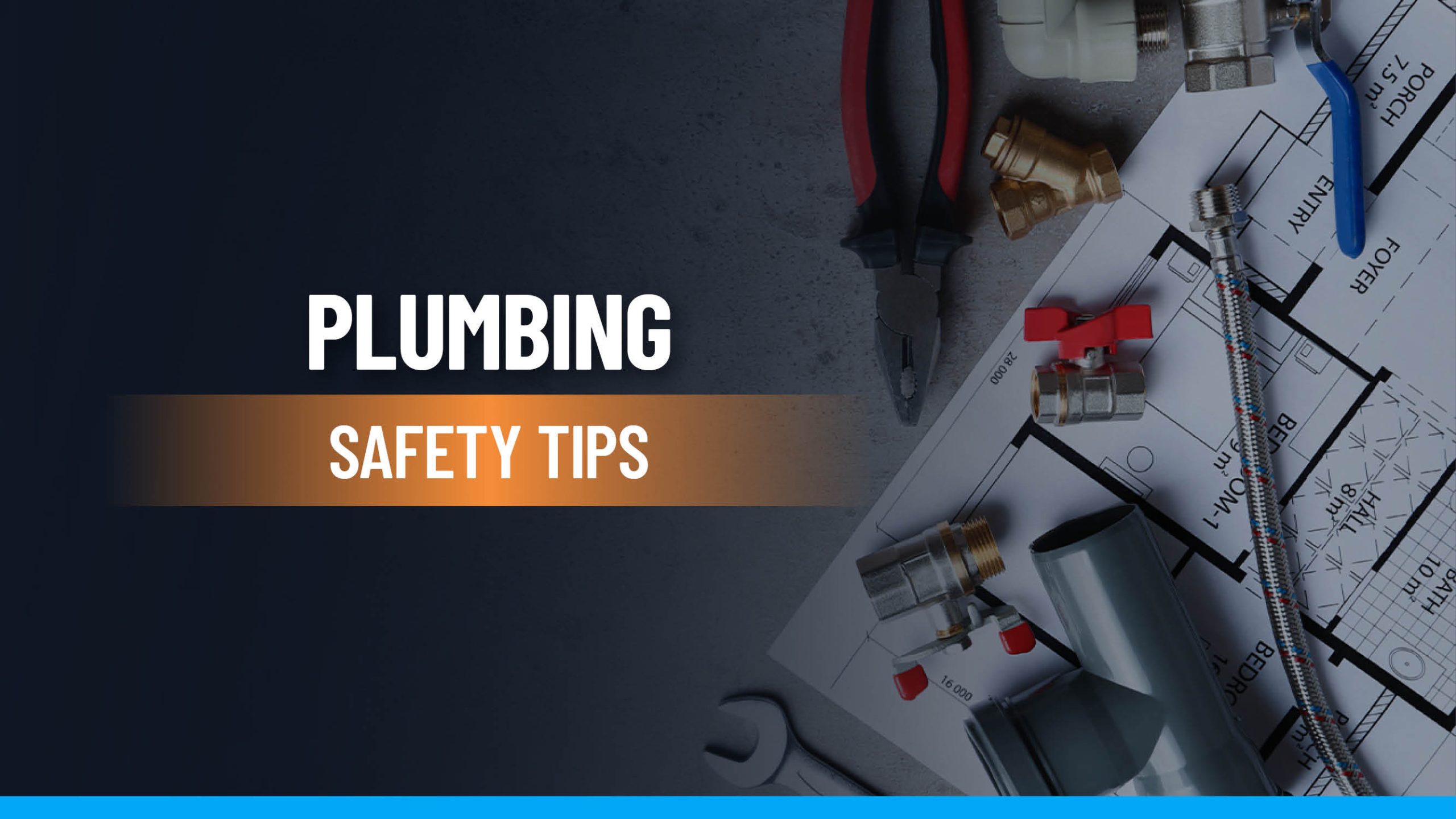Ensuring safety compliance in industrial plumbing is of paramount importance to protect both workers and facilities. This article delves into the best practices for industrial plumbing safety compliance, covering essential aspects, recommended products, and their pros and cons. Whether you’re a facility manager, plumber, or safety officer, understanding and implementing these practices is crucial for creating a secure and compliant working environment.
1. Personal Protective Equipment (PPE)
Description:
PPE is the first line of defense against potential hazards in industrial plumbing. This includes safety goggles, gloves, steel-toed boots, and other specialized gear.
Pros:
Provides physical protection against chemical splashes and sharp objects.
Reduces the risk of injuries and enhances worker safety.
Mandatory for compliance with occupational safety standards.
Cons:
Initial costs associated with purchasing PPE.
Regular maintenance and replacement expenses.
2. Lockout/Tagout Systems
Description:
These systems prevent unexpected startup of machinery during maintenance or repairs. Lockout devices and tags are used to isolate energy sources.
Pros:
Mitigates the risk of accidents caused by accidental machine activation.
Complies with OSHA regulations.
Clearly communicates when equipment is under maintenance.
Cons:
Time-consuming to implement, potentially causing downtime.
Requires thorough training for effective implementation.
3. Backflow Prevention Devices
Description:
Backflow preventers protect potable water supplies from contamination by ensuring water flows in one direction only.
Pros:
Safeguards against water pollution and health hazards.
Mandatory for compliance with plumbing codes and regulations.
Reduces the risk of legal consequences for non-compliance.
Cons:
Initial installation costs.
Periodic testing and maintenance are necessary.
4. Emergency Eyewash and Shower Stations
Description:
These stations provide quick access to emergency rinsing in case of exposure to hazardous substances. They are essential for minimizing the impact of chemical spills.
Pros:
Rapid response to chemical exposure emergencies.
Complies with safety regulations.
Protects workers from severe injuries.
Cons:
Regular maintenance is crucial to ensure functionality.
Requires space and periodic inspections.
5. Pipe Marking Systems
Description:
Properly labeled pipes help identify the contents, direction of flow, and potential hazards. Color-coded labels enhance safety and compliance.
Pros:
Improves communication and reduces the risk of errors.
Enhances emergency response efficiency.
Complies with ANSI/ASME standards.
Cons:
Initial time and effort for implementation.
Regular inspections and updates are necessary.
FAQs:
Q1. Why is Personal Protective Equipment (PPE) crucial in industrial plumbing?
PPE serves as the first line of defense against potential hazards, providing physical protection and enhancing overall worker safety. It is mandatory for compliance with occupational safety standards.
Q2. How do Lockout/Tagout Systems contribute to safety in industrial plumbing?
Lockout/Tagout Systems prevent unexpected machinery startup during maintenance, reducing the risk of accidents. While they may cause downtime, they comply with OSHA regulations and clearly communicate when equipment is under maintenance.
Q3. What is the purpose of Backflow Prevention Devices in industrial plumbing?
Backflow preventers protect potable water supplies from contamination by ensuring water flows in one direction only. They are mandatory for compliance with plumbing codes, reducing the risk of legal consequences for non-compliance.
Q4. Why are Emergency Eyewash and Shower Stations essential in industrial settings?
These stations provide quick access to emergency rinsing in case of exposure to hazardous substances, minimizing the impact of chemical spills. Regular maintenance and inspections are necessary to ensure functionality.
Q5. How do Pipe Marking Systems enhance safety and compliance in industrial plumbing?
Properly labeled pipes improve communication, reduce the risk of errors, and enhance emergency response efficiency. While initial implementation requires time and effort, compliance with ANSI/ASME standards is crucial for maintaining a safe workplace.
Q6. Are there ongoing costs associated with implementing these safety practices?
Yes, ongoing costs such as regular maintenance, periodic testing, and replacement of equipment like PPE are associated with these safety practices. However, the investment is essential for long-term compliance and the well-being of workers.
Q7. How can businesses ensure the effectiveness of these safety measures?
Businesses can ensure effectiveness by providing thorough training on the proper use of safety equipment, conducting regular inspections, and staying informed about updates in safety regulations. Consistent commitment to safety is key to success.
Conclusion:
Implementing best practices for industrial plumbing safety compliance is essential for maintaining a secure work environment. While each practice comes with its own set of pros and cons, the overall goal is to prioritize the well-being of workers and the integrity of industrial facilities. By understanding and adopting these practices, businesses can create a safer and more compliant workplace for everyone involved in industrial plumbing operations.

A group of home improvement enthusiasts and bathroom design experts, combines in-depth knowledge and a shared passion to deliver engaging, informative content that guides readers through the world of bathroom innovation and style.

Leave a Reply